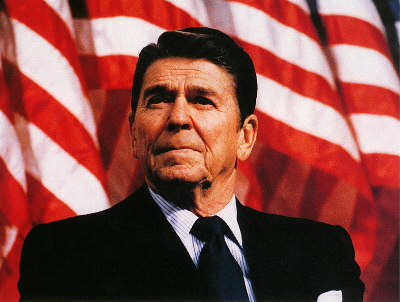History
Timeline of Key Points During the Cold War
FREEZE 1979 - 1985
1979: Afghanistan invasion -- This ended détente and introduced
an era of a new Cold War. Congress refused to ratify SALT II. Why? USSR
feared Islam after the revolution in Iran in November. A civil war erupted
in Afghanistan between pro-Soviet leaders and radical Muslims. The invasion
followed the Brezhnev Doctrine of 1968. Impact - resulted in high tensions
between the USA and USSR, the US boycotted the Soviet Olympic games and
halted trade.
1980s
1980: Solidarity in Poland -- Why did unrest develop? The people were
not allowed to practice religion and many had bad relations with USSR.
The living conditions were poor and freedom almost non-existent. There
were also shortages of food and energy due to a large debt Poland gained
after WWII. Lech Walesa aimed to create a trade union free from Communist
Party influence called Solidarity -- He was very influential. The government
met and held negotiations and agreed to allow some rights. By 1981 conditions
had not improved and strikes continued. On December 2 1981 the PM declared
Martial Law imprisoning Solidarity leaders. They did prevent a Soviet
invasion but at a high cost, Effect - Solidarity weakened communist control
of Poland.
1981: Reagan elected President. He changed US policy from containment
and aimed to defeat the USSR. His aim was to simply increasing defence
spending so the USSR couldn’t keep up. He increased military spending,
introduced more weapons into Europe and announced the 'Star Wars' programme
which aimed to place satellites in space which could intercept incoming
warheads.

President Reagan
1982: -- START talks. The USSR was scared of the 'Star Wars' programme
and even considered an all out nuclear war before Star Wars could be introduced.
This was the tensest year since the Cuban missile crisis in 1962.
1984: -- USSR boycott of USA Olympic games.
Reference Tools
Dictionary
Thesaurus
Maps
Scientific Calculator
Periodic Table
Translator
Unit Conversion
Divided Union
Introduction
Post War
The ‘Red Scare’
Civil Rights Movement
Non-Violent Direct Action
John F Kennedy
Lyndon Johnson
Growth of Black Power
The Woman’s Movement
The Student Movement
Nixon and Watergate
Cold War
Period 1945 - 1962
Period 1956 - 1962
Period 1962-1969
Period 1969 -1979
Period 1979 - 1985
Period 1985- 1991
